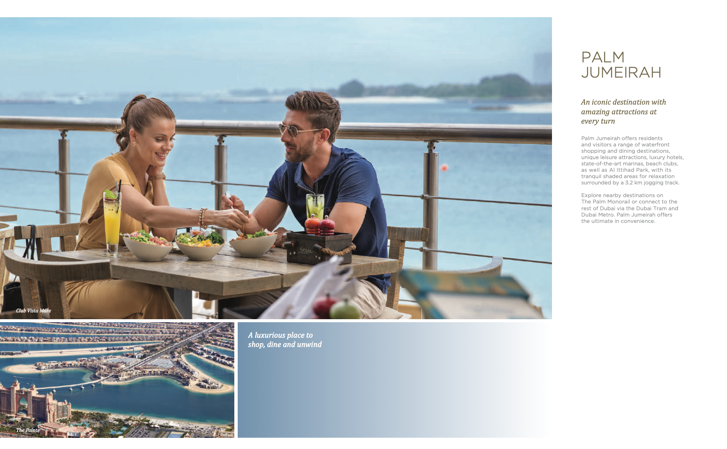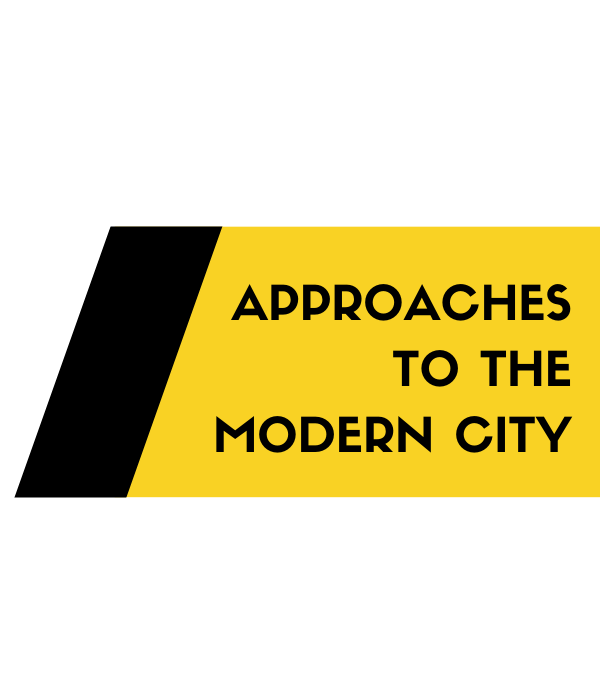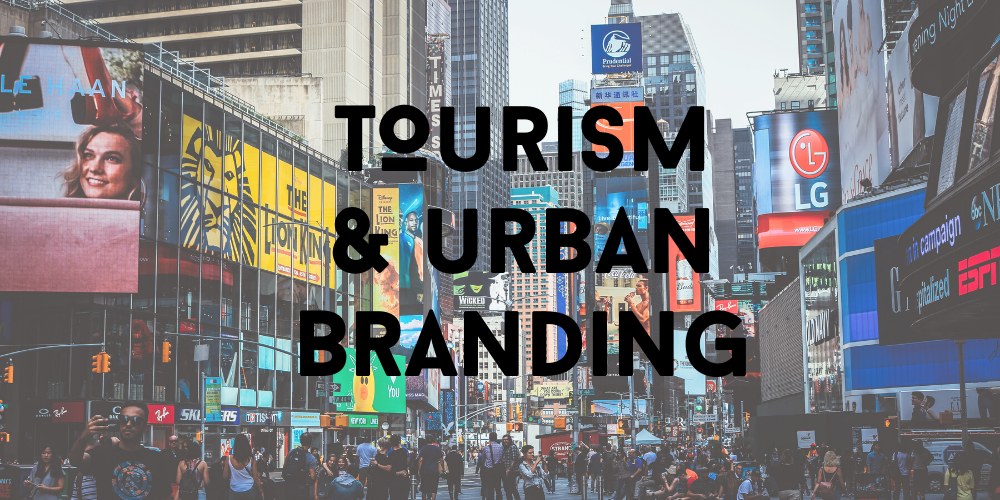By Amanda Lin
Questions
In what circumstances did facilities and entertainments for travelers first appear in Dubai? How has tourism affected the cityscape or local economy?
Discussion
Tourism, which the government has promoted throughout the history of the city’s development, contributes over twenty percent of Dubai’s annual GDP. During the twentieth century, Dubai functioned mainly as a maritime hub and later as an aviation center, after the construction of Dubai International Airport in 1960 and the establishment of Emirates Airline in 1985. The sheikh’s focus on diversifying the economy by encouraging foreign investors and corporations attracted a large population of business travelers, who, in turn, created a demand for luxury hotels (Hazbun 2008). At the turn of the millennium, Dubai began constructing extravagant and record-breaking projects that subsequently become international icons of the city (Hazbun 2008). The city purposefully marketed itself towards wealthy European and Asian visitors by building beachfront resorts and entertainment complexes. But after 9/11, Dubai saw a rise in Arab tourists, who were traveling more intra-regionally because of increasing Islamophobia, security checks, and bureaucratic hassles in the typically more popular Western countries (Hazbun 2008). Tourists today are mainly intra-regional Arab travelers, high-income Western expatriates, or family and friends of Dubai’s foreign workers; the top five countries of origin are, respectively, India, Saudi Arabia, the United Kingdom, Oman, and China (Hazbun 2008). Dubai’s tourism industry has rapidly expanded in the last two decades to cater to all types of travelers, with family-friendly attractions and luxurious amenities.

Figure 1: Advertisements on page 11 of a brochure for the Palm Tower, a building constructed by Nakheel Properties on Palm Jumeirah, showing marketing towards wealthy Europeans.
Dubai’s development into an international travel destination rests on the relative safety and stability within the region and the security that the city can provide to visitors. Henderson (2006) posits that economic, social, and political stability is a critical factor for tourism. Dubai has benefited from the appeal of its safety and stability, especially during and after the Arab Spring in the early 2010s, when travel agents redirected tourists who wanted to visit the Middle East to the more stable Dubai (Stephenson 2014). The city welcomes tourists of all backgrounds, as its religion-based limitations on alcohol do not apply to foreigners and many other restrictive laws are not strictly enforced. Dubai’s numerous luxury beach resorts and shopping malls generate a phenomenon called “enclave tourism,” in which tourists are physically insulated from the heat and any other unwanted burdens, and thus feel more secure (Hazbun 2008). The overall atmosphere is one of affluence that centers on a modernized and Westernized appearance, which contributes to the pretense of safety—the city essentially presents itself as a high-class Western city, with any and all amenities, superimposed upon the Arabian Desert.
Almost all of the tourists who flock to Dubai spend time in the city’s extravagant shopping malls. Alhosani and Zaidan’s (2014) survey of Saudi tourists, the second-most numerous nationality of tourists in Dubai, found that over 97 percent of Saudis spent part of their time in the city shopping and enjoying the entertainment in the malls, and that more than half of the participants visited Dubai monthly to shop. Spending money, especially on luxury goods, is embedded in the culture of the city—“For expatriates, shopping is not just about immediate consumption, but is also a form of remittance…People are expected not only to send back cash to their families, but also to purchase luxury items” (Ali 2010, 44). The social life of the city revolves around the malls because, when the sweltering desert heat inevitably becomes unbearable, the mall is the default public space (Ali 2010). These complexes far exceed the typical shopping mall with chain stores and a food court, as the city’s philosophy of striving to build iconic structures translates effectively to its malls. The Dubai Mall, which stands adjacent to the Burj Khalifa, contains an indoor aquarium, cinema complex, and an Olympic-sized ice rink (Stephenson 2014). Other notable malls follow themes or have popular attractions that are popular with families—the Ibn Battuta Mall is inspired by the countries visited by the medieval explorer, Ibn Battuta, and the Mall of the Emirates hosts Ski Dubai, an indoor ski resort (Stephenson 2014). The uninhibited hedonism both in the city’s culture and in its attractions is indicative of the government’s need to draw global attention.
Promotion is obviously essential to developing tourism, and Dubai’s approach to international advertising demonstrates that the city’s image is a top priority for the sheikh-controlled government. Dubai, historically, has followed a supply-driven model, in which the city builds a structure to serve as an icon, which is then often coupled with a celebrity name like David Beckham, who was gifted one of the first residences on the Palm Jumeirah, to draw in tourists. Profiting is not the marker of success; instead, advertising value is (Ali 2010). The Burj al Arab, a five-star hotel on the beach, is rumored to

Figure 2: Penguins at Sky Dubai in the Mall of the Emirates.
lose money, but was one of Dubai’s first icons and is thus successful because it attracts people to the city (Ali 2010). The economic value of an attraction cannot be measured by what profits it turns because each headlining project—from the tallest building in the world to the more frivolous superlatives, like the longest line of Mercedes-Benz cars—serves the greater purpose of advertising the city (Stephenson 2014). “Brand Dubai,” the unofficial name for the public relations department of the government, works tirelessly to cultivate this image through censorship of the media along with release of key information (Ali 2010). The government’s rigid control of Dubai’s global branding has created great success for the city’s tourism industry, but has also generated an environment that many criticize as being “plastic” or “shallow.”
By focusing solely on symbolic capital and consumption-based activities, Dubai has neglected crucial aspects of the tourist experience. The city appears to be hyper-real and overly constructed because it lacks a cohesive culture and local history that most other cities have. Camel riding and dune surfing are the dominant “heritage sports,” and only camel riding has roots in the indigenous culture, but has been so distorted that it no longer resembles the original activity and its association with weddings and religious events (Stephenson 2014). Historic districts, such as the Bastakiya neighborhood built by Iranians in the early twentieth century, have recently been preserved, but these too are displayed solely for the tourist’s gaze, and lack the vivacity that comes from the original local life. This rejection of the local seems to be Dubai’s attitude generally, as the majority-expatriate population indicates. As Syed Ali writes, Dubai “makes no cultural appeal to anyone in particular, and thus it can be appealing to everyone” (Ali 2010, 46). Dubai has developed primarily in the twenty-first century, which has allowed it to strategically expand to serve the sheikh’s desire to create a global capital. The resulting approach has been to cater to a diverse international audience by designing a capitalist haven with the most and the best attractions possible, in order to offer a commodity that is beloved by all.

Figure 3: Tourist map of Dubai with most notable attractions and cultural activities.
Sources
Alhosani, Naeema, and Esmat Zaidan. “Shopping Tourism and Destination Development: Dubai as a Case Study.” The Arab World Geographer 17 (1), 2014: 66–81.
Ali, Syed. “Becoming a Global Brand.” In Dubai: Gilded Cage, 32–80. Yale University Press, 2010.
Hazbun, Waleed. “The View From Dubai: Post-9/11 Geographies of Travel.” In Beaches, Ruins, Resorts: The Politics of Tourism in the Arab World, 189–236. University of Minnesota Press, 2008.
Henderson, Joan C. “Tourism in Dubai: Overcoming Barriers to Destination Development.” International Journal of Tourism Research 8, 2006: 87–99.
Stephenson, Marcus L. “Tourism, Development and ‘Destination Dubai’: Cultural Dilemmas and Future Challenges.” Current Issues in Tourism 17 (8), 2014: 723–38.

